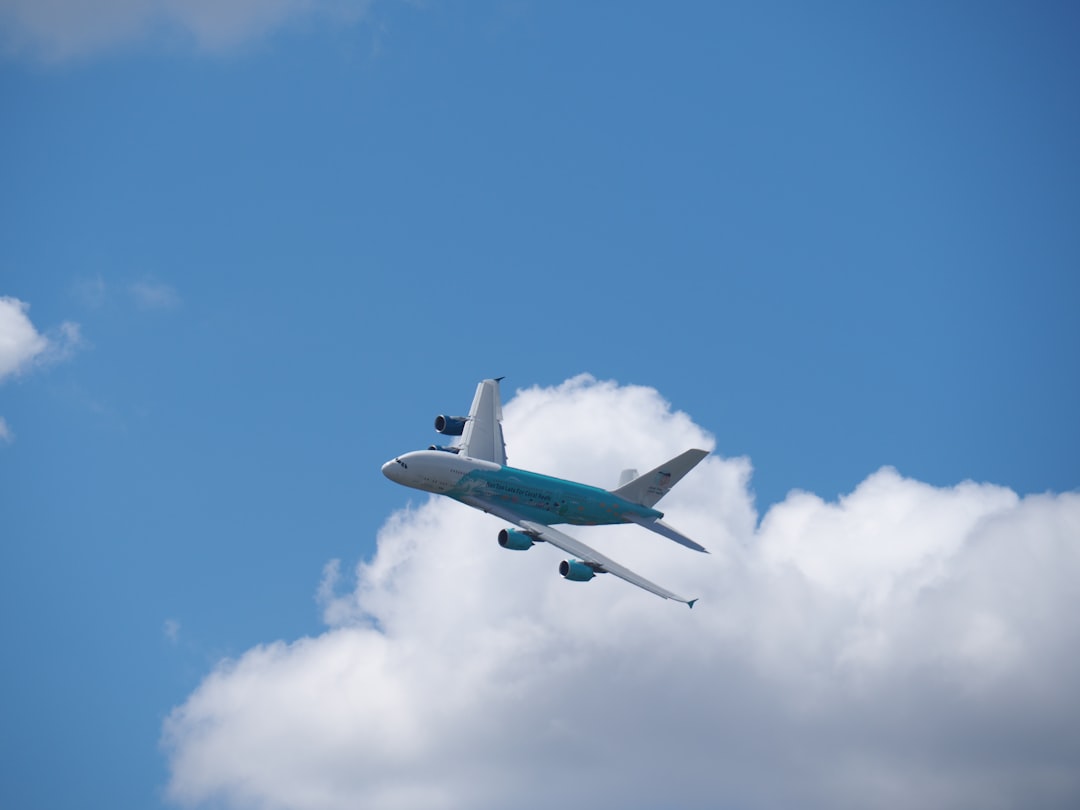Flight Instructor Kaiwhakaako Waka Rererangi
Flight instructors teach people how to fly aeroplanes, helicopters or other aircraft.
Flight instructors may do some or all of the following:
- prepare flight training programmes
- teach students how to fly an aircraft safely
- teach students the principles of flight, aircraft operations, and aviation rules and theory
- carry out and teach pre-flight checks on aircraft
- teach students how to use aircraft controls, and how to fly during the day, at night and with instruments
- test students' skills and knowledge, and write student reports
- teach qualified pilots about new equipment and different aircraft
- teach students aviation law and Safety Operation Policies (SOPs).
To specialise in teaching people how to fly remotely piloted aircraft (drones), you usually need a Remotely Piloted Aircraft System (RPAS) qualification.
Physical Requirements
Flight instructors need to have:
- good hearing and eyesight (with or without corrective lenses)
- good reflexes and co-ordination
- a good level of fitness and health, as they must pass a medical exam every year.
Useful Experience
Useful experience for flight instructors includes:
- teaching
- work with machinery
- customer service
- weather forecasting.
Flying experience is also useful, for instance through Gateway, Air Cadets, Walsh Memorial Flying Camp, Young Eagles and gliding.
Personal Qualities
Flight instructors need to be:
- safety-focused
- supportive, patient and positive
- excellent communicators with good people and leadership skills
- able to think logically, follow procedures and act responsibly
- proactive and good at making decisions under pressure
- good at record-keeping and time management.
Skills
Flight instructors need to have:
- excellent skills in flight planning, flying, navigation and risk-management
- knowledge of how to interpret weather information and how weather can affect an aircraft
- knowledge of the techniques and theory of flying
- knowledge of aircraft systems, civil aviation laws, safety rules and emergency procedures
- teaching skills.
Conditions
Flight instructors:
- may work part time, or long and irregular hours, including evenings and weekends, and may be on call
- work in classrooms, on flight simulators and in training aircraft
- work in conditions that can be challenging due to rough weather and working with learner pilots.
Subject Recommendations
There are no specific secondary education requirements to become a flight instructor. However, NCEA Level 2 English, maths and physics are preferred.
A tertiary entrance qualification is required to enter further training.
Related Subjects
Flight Instructors can earn around $47K-$70K per year.
Pay for flight instructors depends on experience, their employer, and what type of aircraft they teach in.
- C category (entry-level) flight instructors usually earn between minimum wage and $30 an hour, and some may work part time or on contract.
- B category (mid-level) instructors usually earn between minimum wage and $70,000 a year.
- A category (senior) instructors can earn between $70,000 and $100,000 a year.
Flight instructors are usually paid by the number of hours they spend in the air and doing ground work.
They may also be paid a retainer. Larger organisations have more students and tend to pay higher salaries.
Source: International Aviation Academy of New Zealand (IAANZ), April 2023.
Flight instructors may progress to become senior instructors, or work as airline pilots once they have gained enough flying hours.
Flight instructors usually teach people to fly either aeroplanes or helicopters.
They may also specialise in:
- particular types of aircraft such as propeller, jet, light or large commercial aircraft
- agricultural flying
- how to operate drones.
Years Of Training
2-3 years of training usually required.To become a flight instructor, you need:
- a Commercial Pilot Licence (CPL)
- a Flight Instructor Rating (C Category).
Commercial Pilot Licence
To get a CPL you need to:
- be at least 18 years old
- hold a current Private Pilot Licence (PPL)
- complete at least 200 hours of flying
- hold a current class 1 medical certificate
- pass all CPL theory papers, written exams, and an English language test
- pass a flight test with a flight examiner
- satisfy the Civil Aviation Authority's fit and proper person requirements – for example, by showing you don’t have serious convictions.
The CPL enables you to fly small aircraft such as those used for scenic and charter flights.
- Civil Aviation Authority website - flight training
- Air New Zealand Academy of Learning website - flight training organisations preferred by Air New Zealand
Flight Instructor Rating
In addition to a CPL, flight instructors need a Flight Instructor Rating (C Category). You can train and qualify for this at an aero club or flying school.
Gain CPL and Flight Instructor Rating through tertiary study
You can also gain your CPL and your Flight Instructor Rating (C Category) as part of completing either of the following qualifications:
- New Zealand Diploma in Aviation – Aeroplane and Helicopter (Level 6) with strands in airline preparation and flight instruction
- Massey University's Bachelor of Aviation.
You need to pass the ADAPT pre-pilot screening test and attend a selection interview to enter these courses.

 Bethlehem College
Bethlehem College